Market Trends
Key Emerging Trends in the Lidding Films Market
The lidding films market is witnessing several significant trends that are reshaping its landscape and driving its growth.
Growing Demand from Food Packaging Industry: The food packaging industry is a major consumer of lidding films, driven by the increasing demand for convenience foods, ready-to-eat meals, and pre-packaged products. Lidding films are used for sealing trays, containers, and cups in food packaging applications such as fresh produce, dairy products, snacks, and frozen meals. With the rising preference for on-the-go consumption and packaged convenience foods, the demand for lidding films in the food packaging industry is on the rise.
Shift towards Sustainable and Recyclable Materials: There is a growing emphasis on sustainability and environmental responsibility in the packaging industry, leading to a shift towards sustainable and recyclable lidding film materials. Manufacturers are developing bio-based, compostable, and recyclable lidding films derived from renewable sources such as plant-based polymers and biodegradable materials. Additionally, recyclable lidding films made from polyethylene (PE) and polypropylene (PP) offer recyclability and resource efficiency, aligning with circular economy principles and consumer preferences for eco-friendly packaging solutions.
Rise in Demand for Extended Shelf Life (ESL) Packaging: Extended shelf life (ESL) packaging solutions are gaining traction in the food and beverage industry, driving the demand for high barrier lidding films that offer enhanced protection against oxygen, moisture, and external contaminants. Lidding films with barrier properties such as ethylene vinyl alcohol (EVOH), aluminum foil, and metallized coatings provide superior barrier protection and preservation of product freshness, extending the shelf life of perishable foods and reducing food waste.
Advancements in Barrier and Sealant Technologies: Technological advancements in barrier and sealant technologies are driving innovation and performance improvements in lidding films. Manufacturers are developing advanced barrier coatings, sealant layers, and multilayer structures to enhance the barrier properties, seal integrity, and puncture resistance of lidding films. Barrier technologies such as modified atmosphere packaging (MAP) and active packaging systems enable the customization of lidding films for specific product requirements and shelf life extension.
Focus on Convenience and Easy Opening Features: Consumer preferences for convenience, ease of use, and user-friendly packaging solutions are driving the demand for lidding films with convenient opening features such as peelable seals, tear notches, and resealable closures. Peelable lidding films allow consumers to easily open packaging without the need for scissors or knives, enhancing user experience and convenience. Additionally, resealable lidding films enable portion control, product freshness, and convenience in multi-use packaging formats.
Expansion of Ready-to-Eat and Prepared Meal Market: The expanding market for ready-to-eat (RTE) and prepared meals is driving the demand for lidding films in the foodservice and convenience food sectors. Lidding films are used for sealing trays and containers containing pre-packaged meals, salads, snacks, and desserts in retail, foodservice, and catering applications. As consumers seek convenient meal solutions that require minimal preparation and cooking time, the demand for lidding films for RTE and prepared meals is increasing.
Innovation in Printing and Labeling Technologies: Innovations in printing and labeling technologies enable brand differentiation, product identification, and marketing communication on lidding films. Manufacturers are incorporating advanced printing techniques such as flexography, gravure printing, and digital printing to create vibrant graphics, logos, and branding elements on lidding films. Additionally, smart packaging technologies such as QR codes, NFC tags, and augmented reality (AR) labels provide interactive and engaging consumer experiences on lidding film packaging.
Adoption of High-Performance Resins and Additives: The adoption of high-performance resins and additives enhances the properties and functionality of lidding films for various packaging applications. Manufacturers utilize additives such as anti-fog agents, antimicrobial agents, and oxygen scavengers to improve the performance, shelf life, and safety of lidding films. High-performance resins such as polyethylene terephthalate (PET), polypropylene (PP), and ethylene vinyl acetate (EVA) offer excellent seal strength, clarity, and heat resistance in lidding film formulations.
Regulatory Compliance and Food Safety Standards: Compliance with regulatory standards and food safety regulations is crucial in the lidding films market, particularly for packaging applications involving direct contact with food products. Lidding films must comply with food contact regulations such as FDA regulations in the United States and EU regulations in Europe to ensure product safety and consumer protection. Manufacturers ensure adherence to regulatory requirements and quality standards to maintain product integrity, safety, and market credibility.
Market Expansion in Emerging Economies: Emerging economies in Asia Pacific, Latin America, and Africa present growth opportunities for the lidding films market due to rapid urbanization, changing consumer lifestyles, and increasing disposable incomes. Countries such as China, India, Brazil, and South Africa are witnessing a rise in demand for packaged foods, convenience products, and ready-to-eat meals, driving the demand for lidding films in these regions. Manufacturers are expanding their presence and distribution networks in emerging markets to capitalize on growth opportunities and meet the rising demand for lidding film packaging solutions.

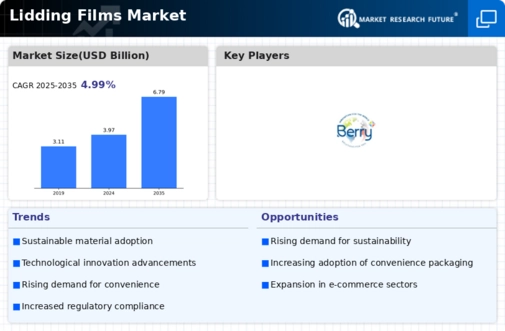
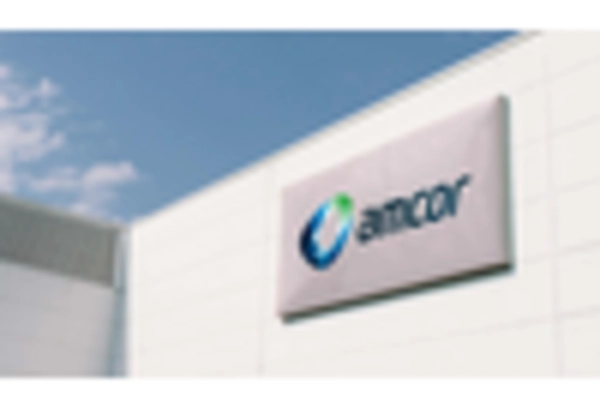
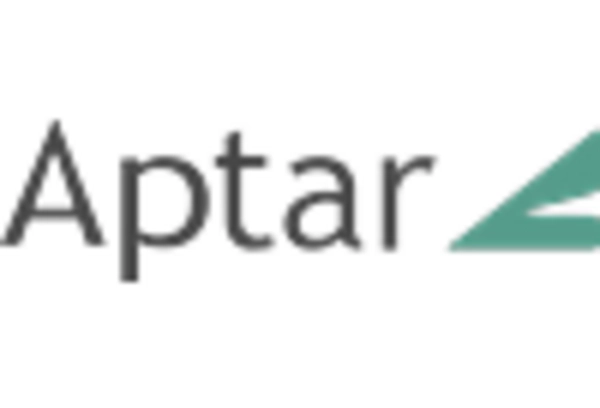
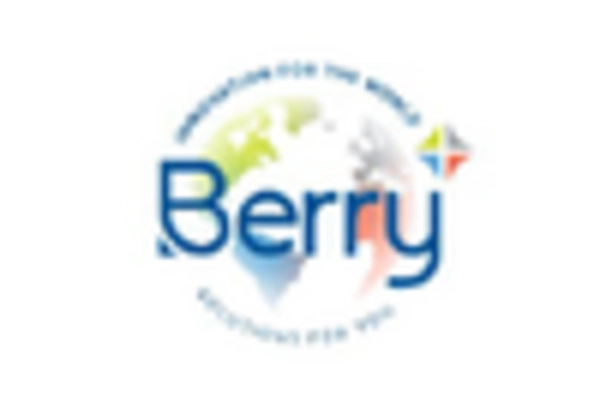
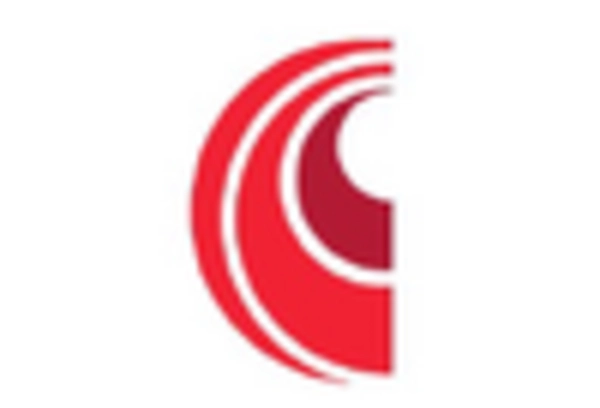

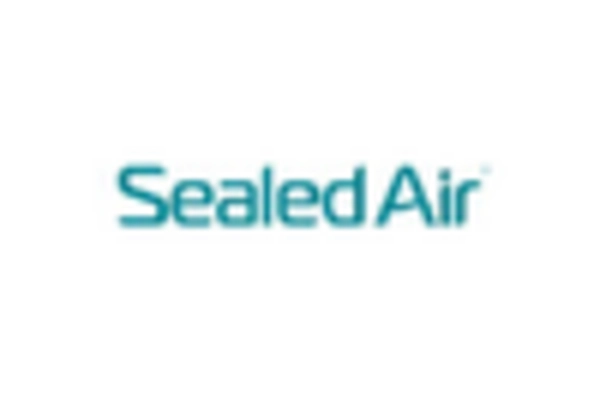









Leave a Comment